
The difference between Henry David Thoreau and me is that – so far – I have never spent a single night in jail. However, we also have something in common. We have both seen Pine Grosbeaks and were impressed by them.

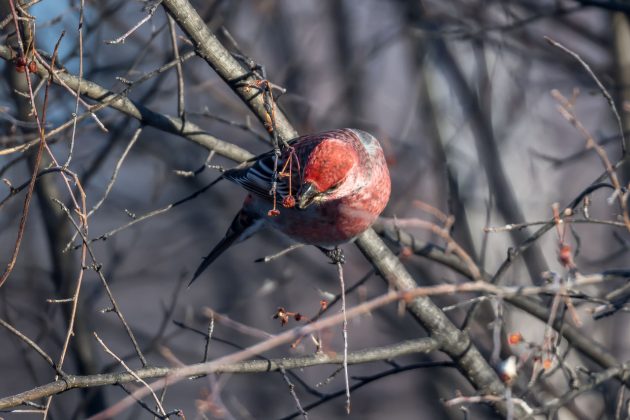
While I saw them in Inner Mongolia, China on December 24, 2024, his encounter was 173 years earlier, in New England on December 24, 1851 (though probably this is just the date he wrote his note): “Saw also some pine grosbeaks, magnificent winter birds, among the weeds and on the apple trees; like large catbirds at a distance, but, nearer at hand, some of them, when they flit by, are seen to have gorgeous heads, breasts, and rumps (?), with red or crimson reflections, more beautiful than a steady bright red would be.” (source: “Notes on New England Birds”, Henry David Thoreau).
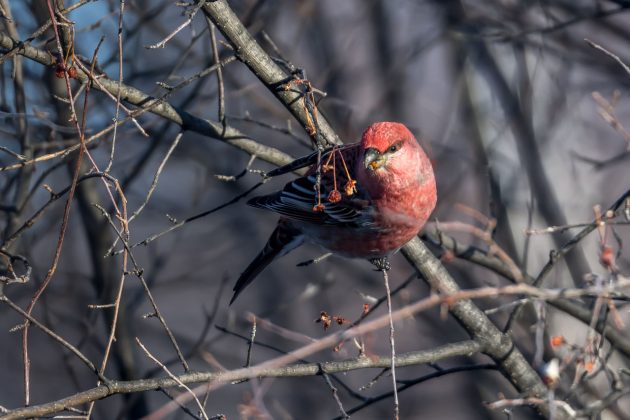
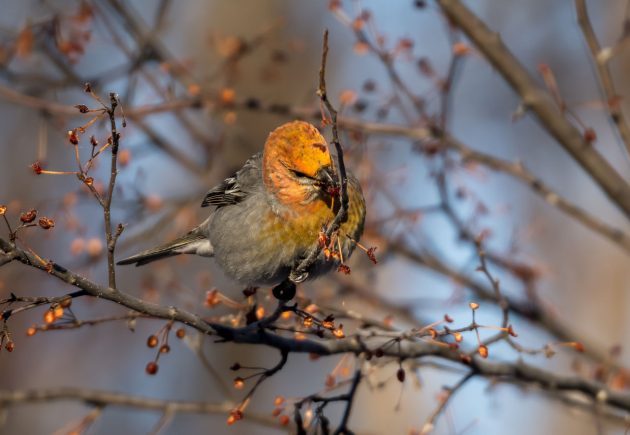
He saw them again a few years later: “July 15, 1858. When half-way down the mountain, amid the spruce, we saw two pine grosbeaks, male and female, close by the path, and looked for a nest, but in vain. They were remarkably tame, and the male a brilliant red orange,—neck, head, breast beneath, and rump,—blackish wings and tail, with two white bars on wings. (Female, yellowish.)”
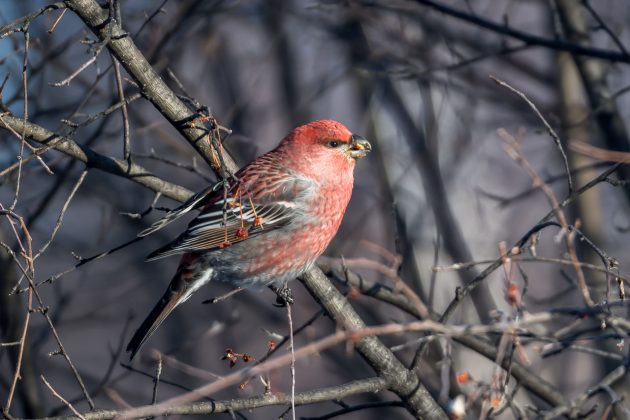
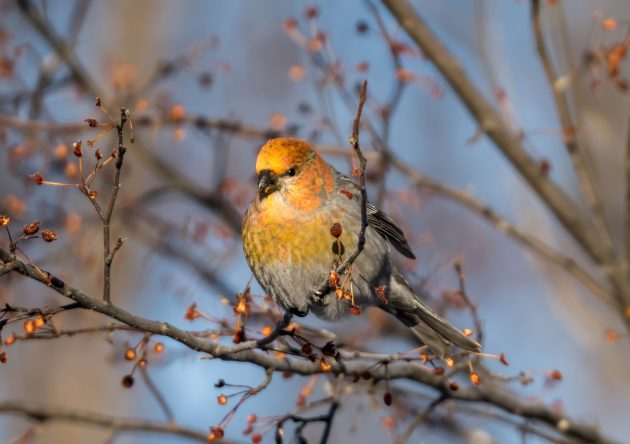
You can easily tell that he was not too impressed by the female (“yellowish” is as faint praise as praise gets), while I thought the female was as attractive as the male. Misogyny? Thoreau has indeed been accused of that (source). However, here, the reason for our difference in opinion is probably explained by the different subspecies. The North American subspecies indeed look yellowish, while the one present in Inner Mongolia – Pine Grosbeak (Taiga), Pinicola enucleator leucura) – has a head that is much more orange than yellow and contrasts very nicely with the mostly grey body of the bird.
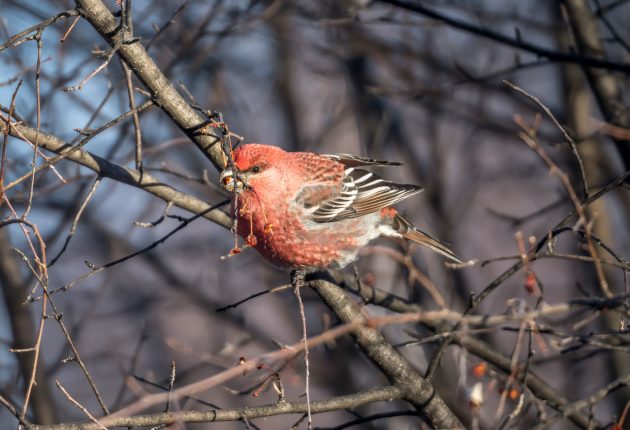
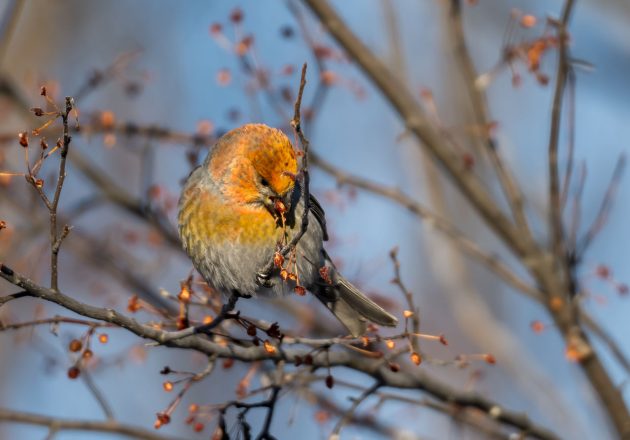
Fortunately for this photographer, Thoreau’s statement about the species being rather tame – his observation “The male flew nearer inquisitively, uttering a low twitter, and perched fearlessly within four feet of us” is also true in Inner Mongolia, allowing decent photos of the birds feeding on frozen fruit.
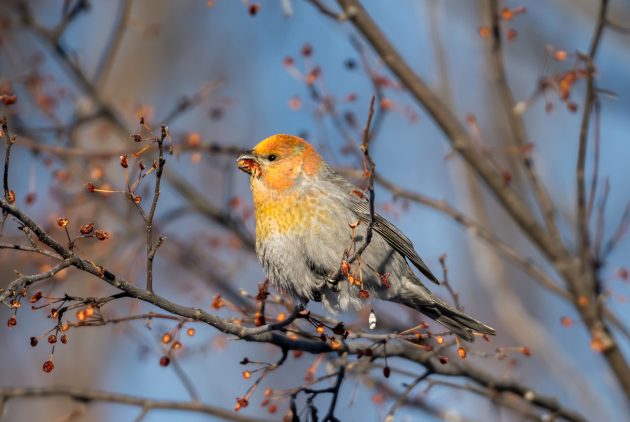
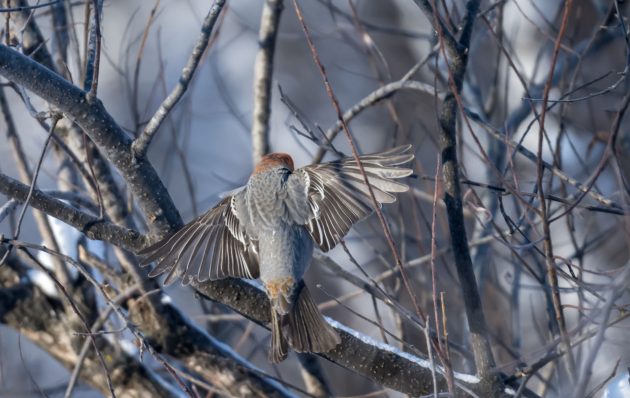
In fact, the tameness and slow movement of Pine Grosbeaks apparently led them to be named “mope” in Newfoundland (for those like me who are not native English speakers, I have looked it up – the verb “mope” means “feel dejected and apathetic” while a “mope” is “a person given to prolonged spells of low spirits”. End of English lesson).
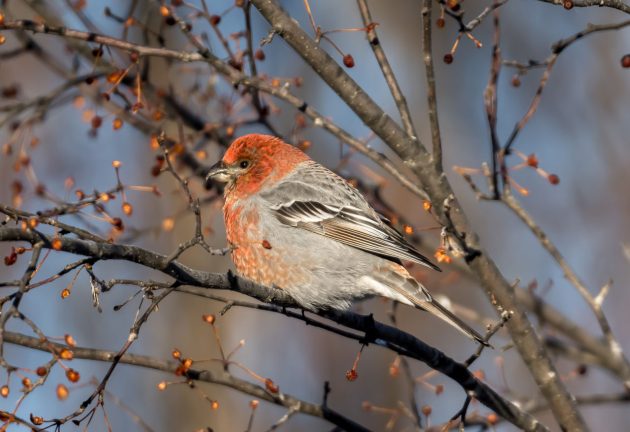

Cornell has a positive spin on the same characteristics: “A large, social, and unwary finch” …
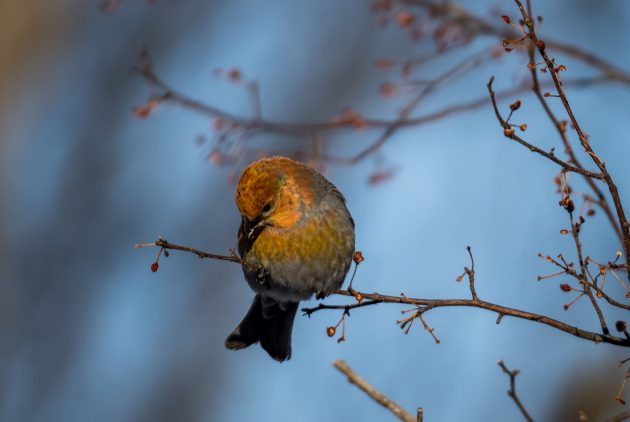
… which sounds better than eBird’s “Large, plump finch”.
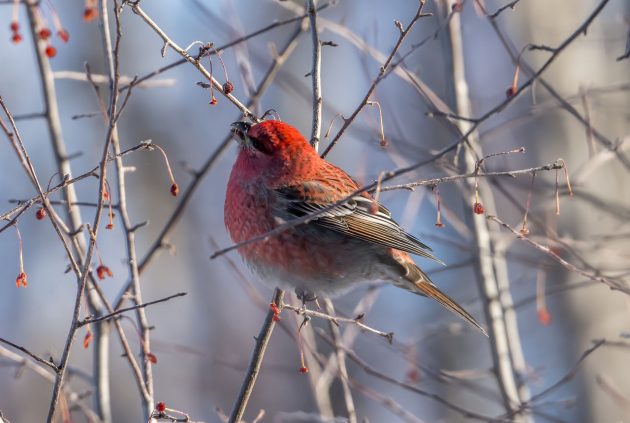
The scientific name Pinicola enucleator is more descriptive. The first part combines the Latin word pinus (“pine tree”) and colere (“to dwell”), thus describing a bird living in pines. The second part comes from the Latin enucleare, meaning “one who removes the kernel”.
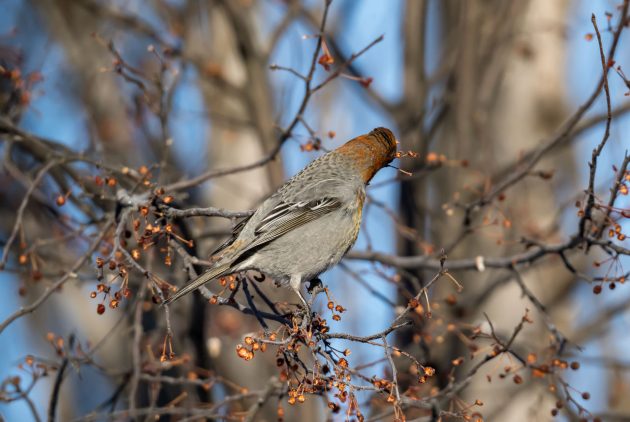
According to the Finch Network, Pine Grosbeaks are popular among birders (possibly even the females): “Pine Grosbeaks are top tier birds–the most desirable feeder birds for many eastern birders with very high hopes. The cachet of this circumpolar species comes from the combination of their extreme rarity in the temperate regions, their splendid plumage, and their ringing cheery voices.”
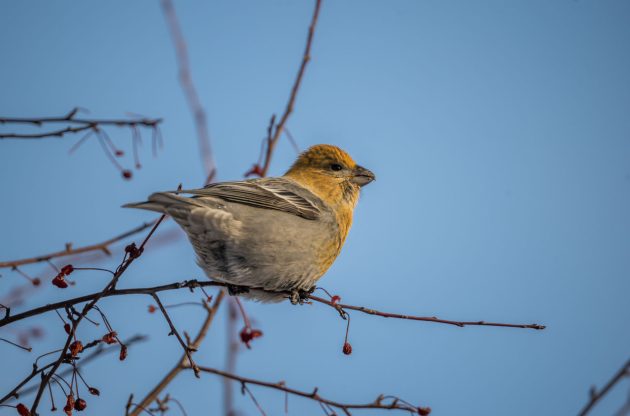
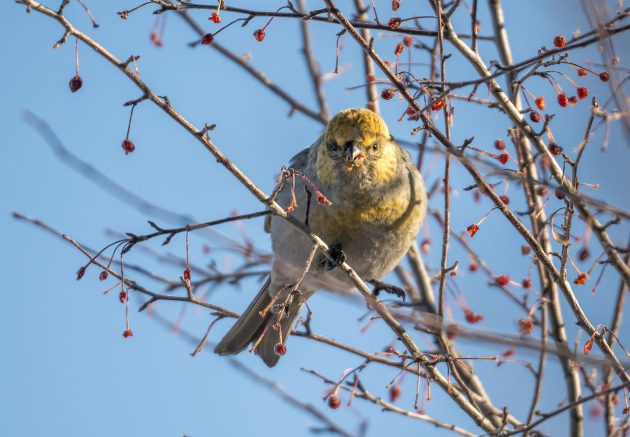
Part of the excitement comes from its rarity. According to Cornell, the Pine Grosbeak is only an infrequent winter visitor in northern areas of North America.
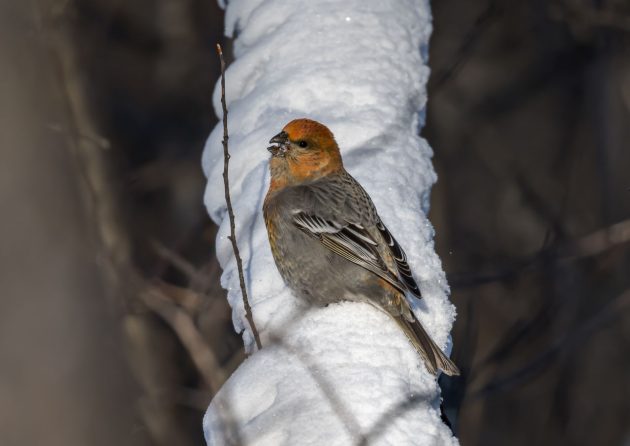
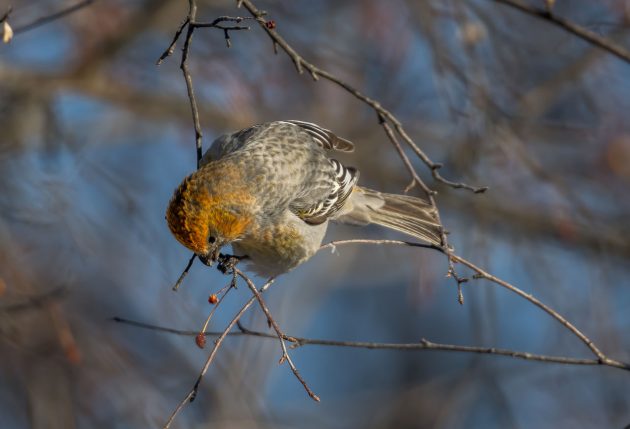
A paper discusses the reason for these irruptions. While a common explanation is that they are pushed south if food supplies have crashed, the evidence is more consistent with Pine Grosbeaks moving south in winters with high Rowanberry abundance, exploiting this resource until it is gone by mid-winter.

Thoreau remarked on Pine Grosbeaks one more time, calling them “large and carmine, a noble bird” – as good an end as a blog post not written by him can get.
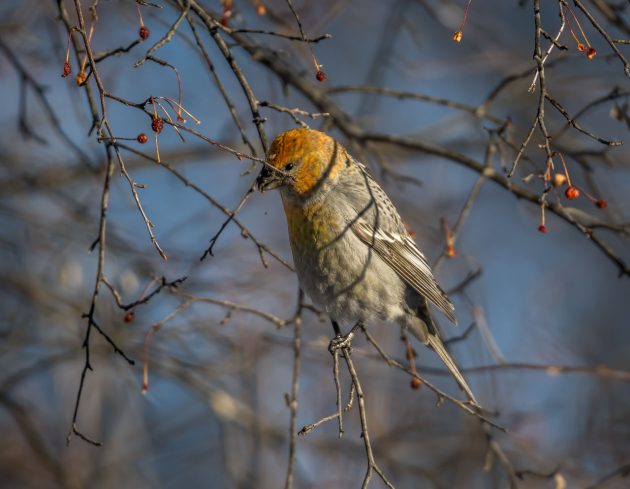

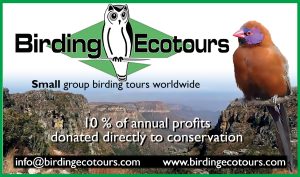
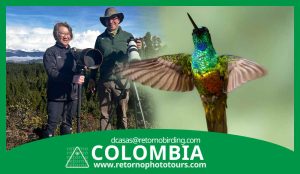
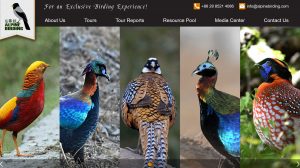
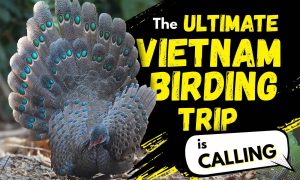
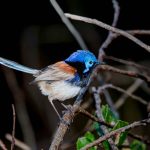
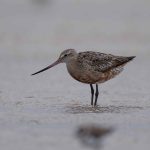
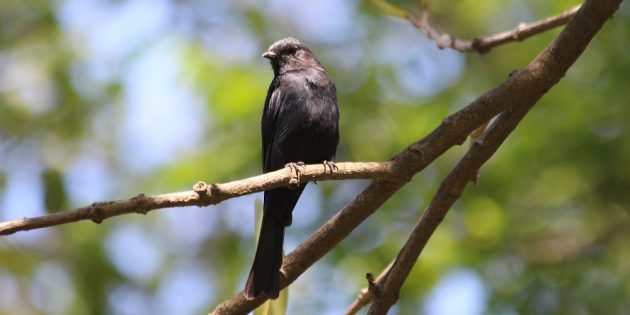




Nothing illegal was said, so still no prison. Actaully, a charming post with dense information avbpout a bird I have yet to see and now look forward to spotting.
Great birds, and extremely rare here in the UK. Some years ago, in July, a friend told me that he had a strange bird in his garden in Essex. I went to investigate and found that it was pine grosbeak. It was eventually twitched by over 2000 people, and the experts declared it a male (it was pink) and even decided when it had most likely come from.
I did some research and discovered that it was a colour-fed female that had escaped from an aviary a few miles away. I have only see really wild pine grosbeaks in Finland.
I remember a winter’s day, when Pine Grosbeaks showed up all over Toronto. They were in evergreens near our house. That was a wonderful day and memory. Previously, I had to travel outside Toronto to find them and that wasn’t easy.
Thanks. Very enjoyable. Vividly recall seeing a female several years ago near Lake Tahoe in Northern California, US. Opened the back door, and the bird was sitting on the step enjoying the sun.
It’s the contrast of grey color of the body with the orange that makes it all the more beautiful. Superb.